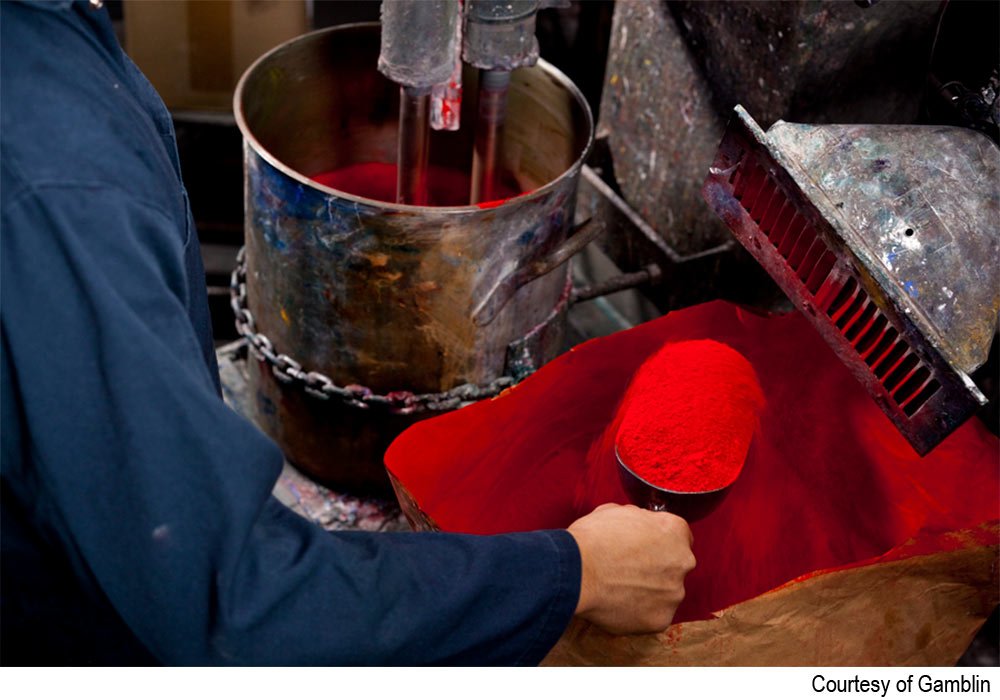The Big Power of Small Particles
When you’re learning to mix colors, yes the big color theory matters. But Mary Weisenberger (Ep.43), from Gamblin, says there’s something much much smaller you’ll need to take into account.
Particle size.
The size of the particles that make up your paint affect your colors in two ways: transparency and tinting strength.
Each tube of paint is made of pigment. Generally speaking, pigment is colorful dust mixed with binder.
We tend to think about that pigment as color. And it is, but each color is made up of particles. The particle size matters especially when you’re mixing and using color.
Some particles are big and some are small.
First, let’s look at how particle size affects transparency.
If a particle is big, it means light will move down into your paint but won’t bounce back out again. Those big, light blocking particles belong to your opaque paints. These paints will have good coverage and block out the colors underneath.
Transparent pigments, on the other hand, have smaller particles. This means that when light hits your surface, that light will be able to sneak past those small particles and bounce back up to your eye again. This makes that paint transparent.
Second, let’s look at tinting strength. If something has high tinting strength it means that you don’t need very much of it to change the color it’s being mixed with.
For example, if you’re trying to mix a green, that green may not come from equal parts blue and yellow.
Smaller particles mean higher tinting strength. modern colors like Phthalo blue have very small particles and a very high tinting strength.
Put it to Practice:
Color is complex. This is why so many guests on the show suggest getting familiar with your pigments before you launch into trying to paint a masterpiece.
You can do this through color swatches or color studies. Keep notes about color but also about the mixing. For each pigment, does a little go a long way or do you have to add add add to get any of the tinting effects?
Keep notes on cards or in color charts. Review those notes before you begin a painting. This will help you remember to use this information in your mixing palette and also help reinforce what you’re learning. Pretty soon you won’t need your notes because you’ll have internalized the information and are putting it to active use.


